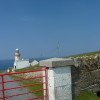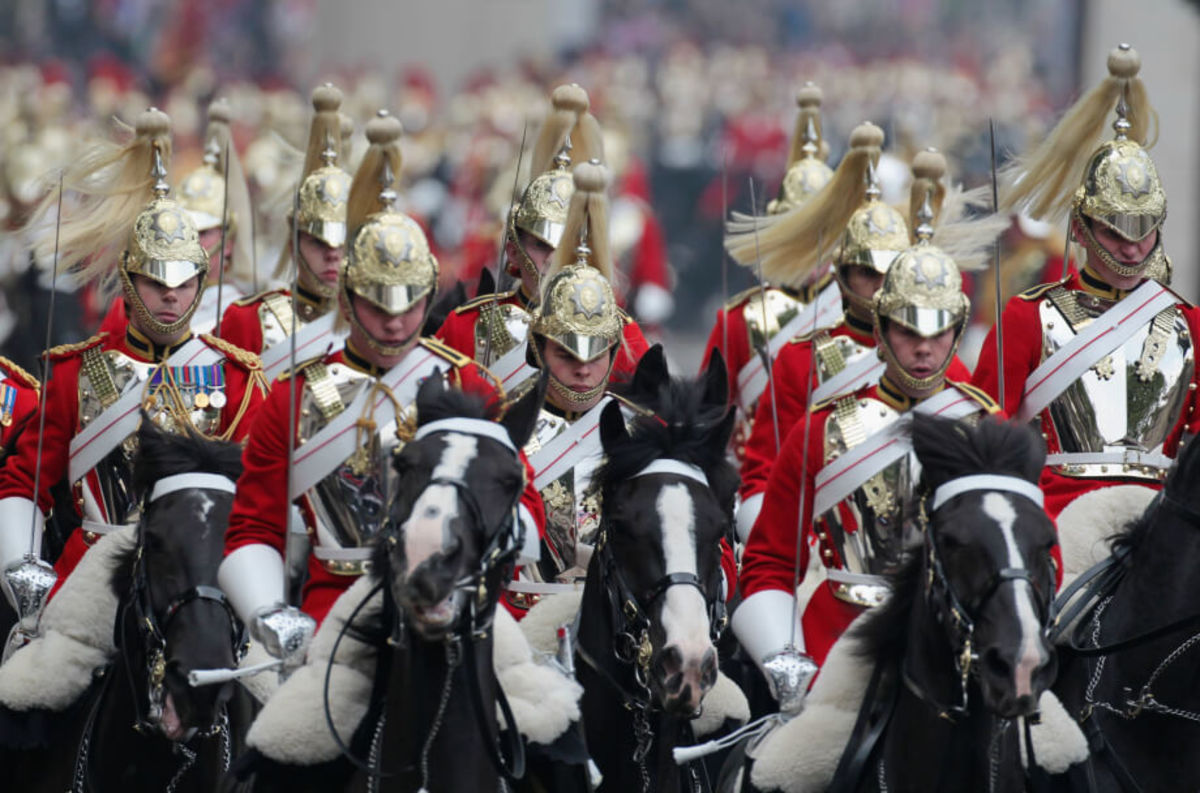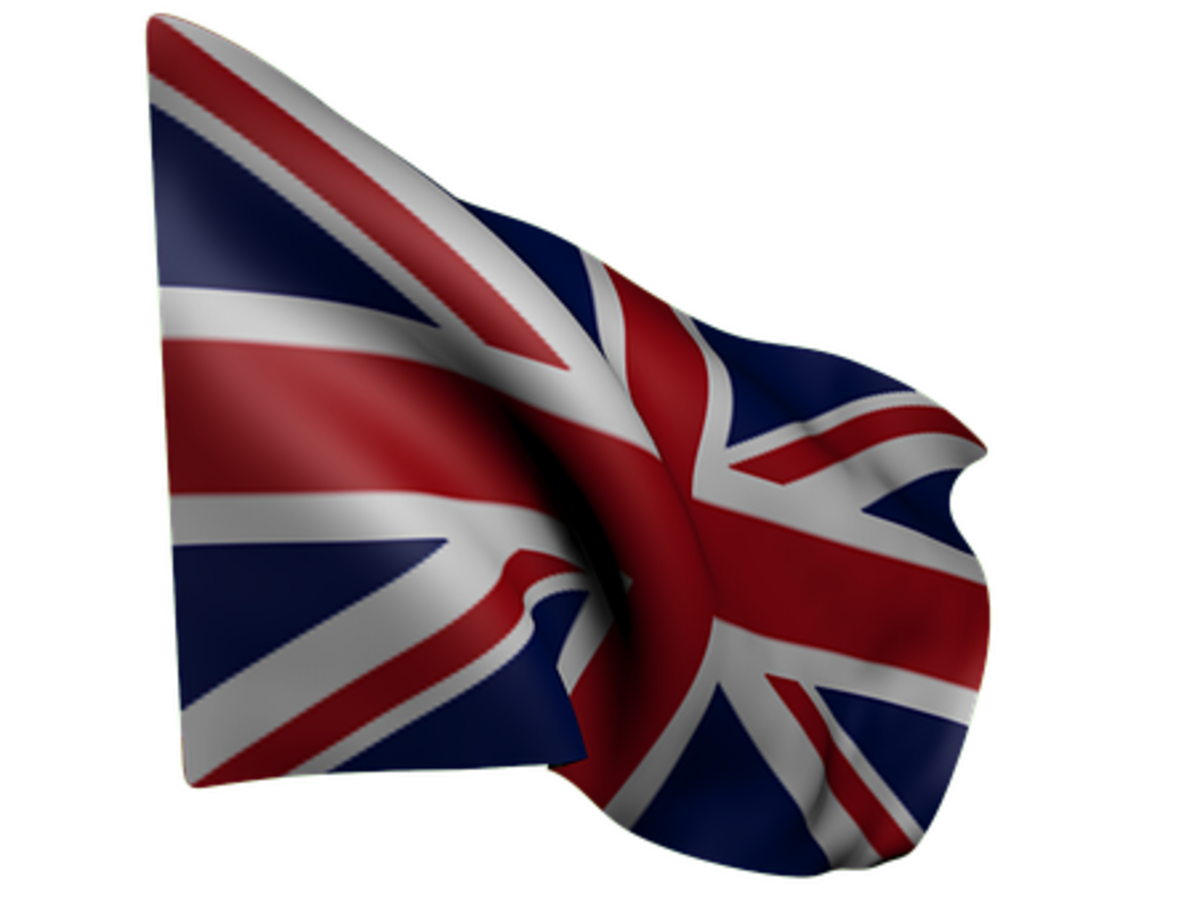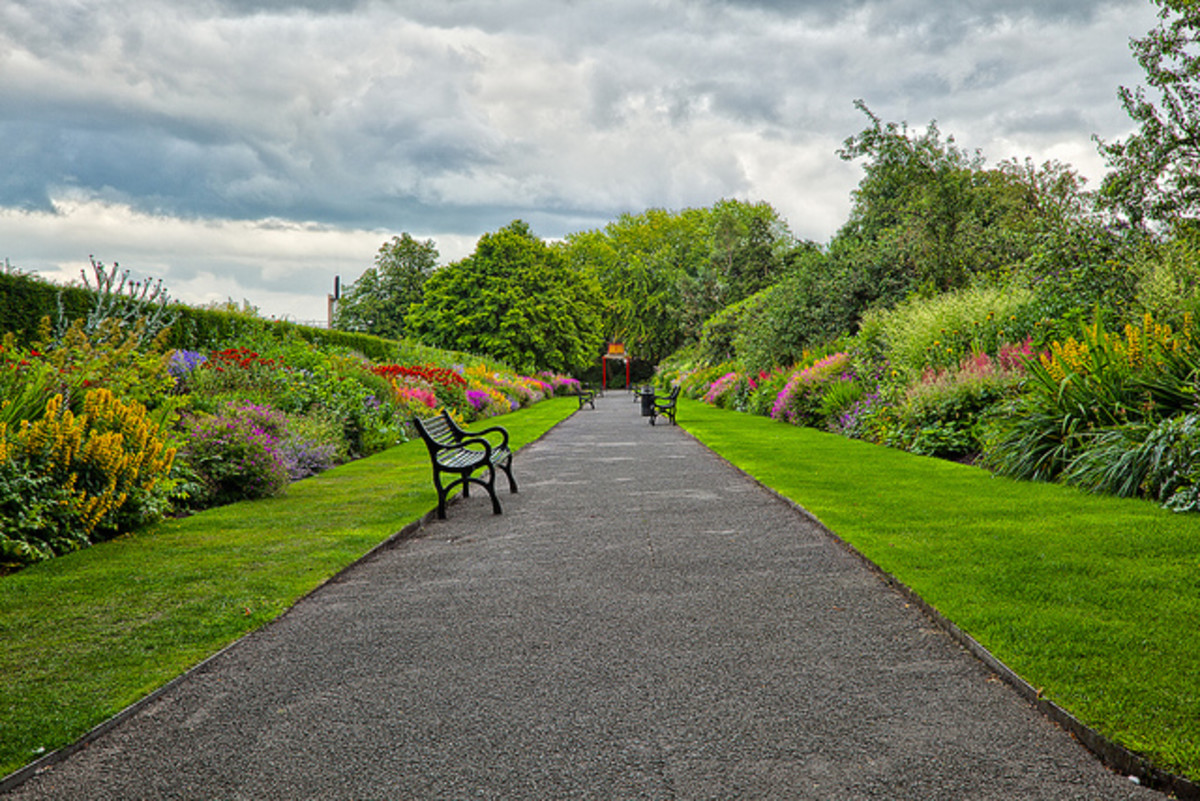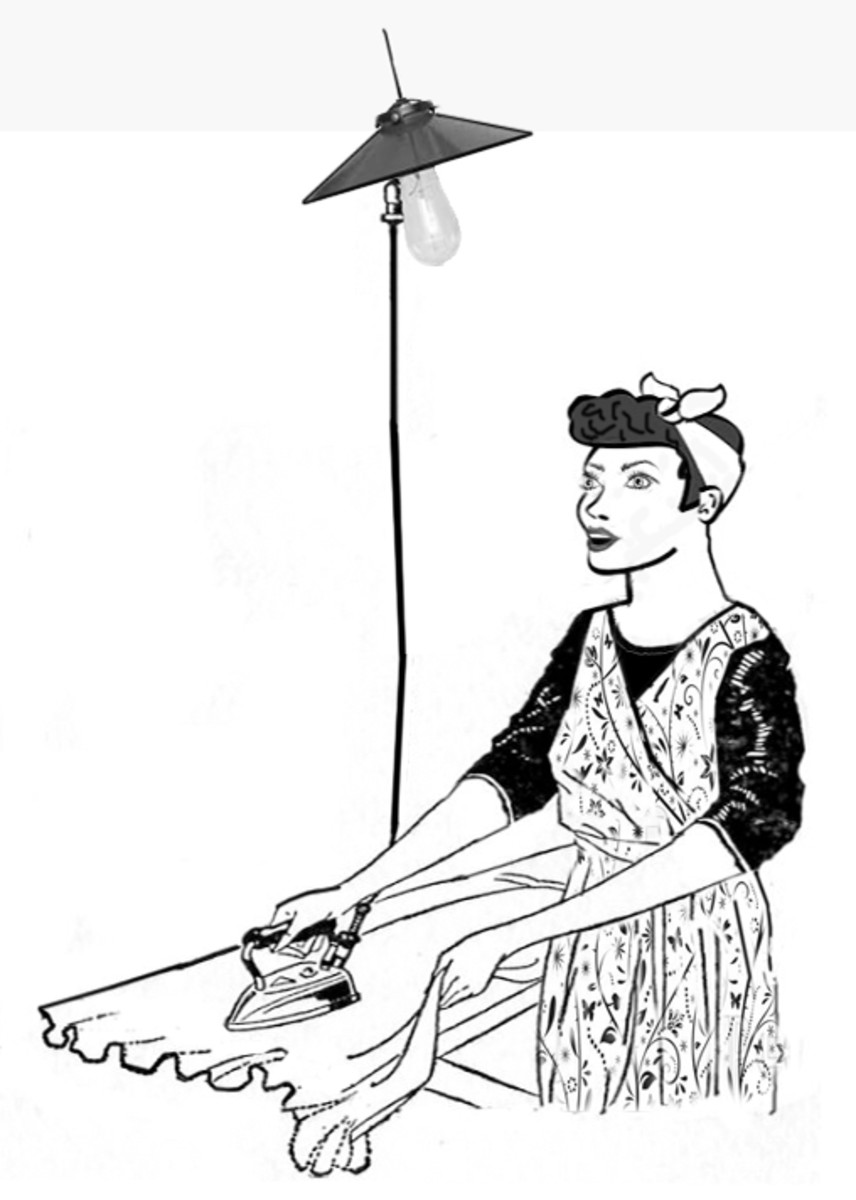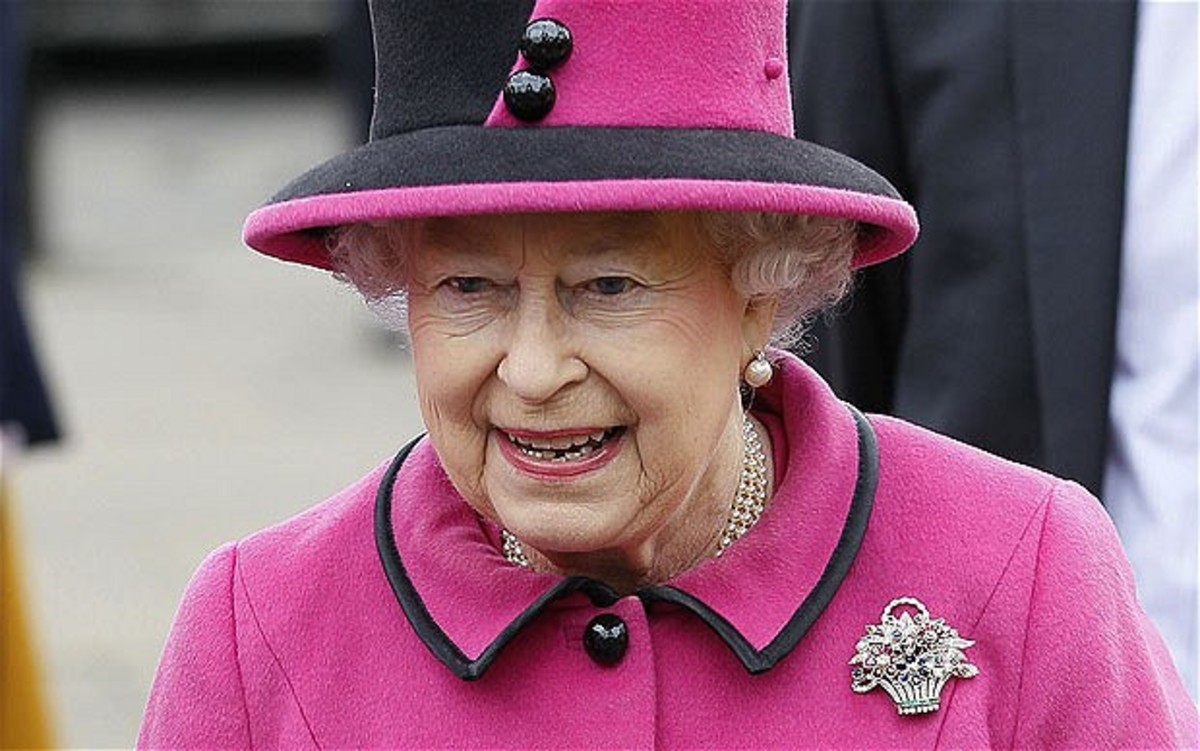Queen's visit to Ireland: History of British Royal Visits to Ireland
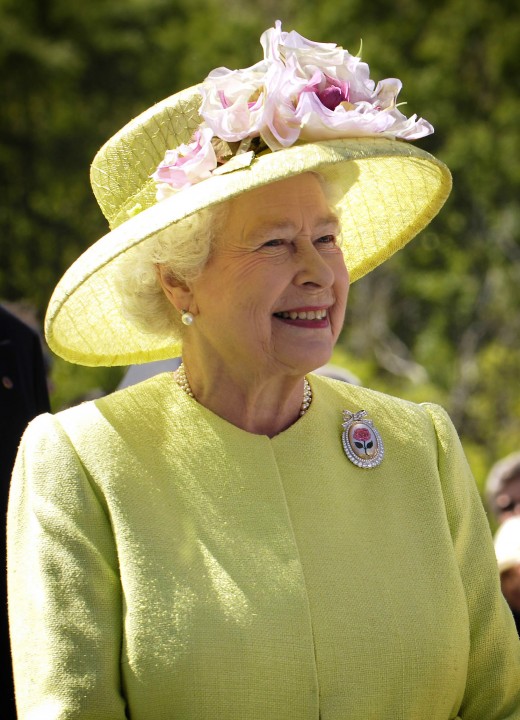
Timeline for British royal visits to Ireland
- 1171 Henry II
- 1210 John
- 1394 Richard II
- 1690 William of Orange and James II
- 1821 George IV
- 1849 and1900. Queen Victoria
- Between 1903 and 1907 Edward VII made 3 visits
- 1911 George V
- May 2011 Elizabeth II, expected
British Royal visit to Republic of Ireland
Queen Elizabeth visited Ireland for the first time between 17th-20th May 2011. When Queen Elizabeth II of England sets foot in the Republic of Ireland, it was a truly historic occasion - the first visit by a reigning monach since Ireland won its independence in 1921. For the first time in 100 years, a British Monarch visited the south of Ireland ,and this time, not as king/queen of Ireland but as a foreign dignitary.
The visit attracted a small amount of controversy, but the fact that it happened at all was a milestone in British-Irish relations. Some people in Ireland would still see the British crown as their enemy. With a rise in violence once more among extremist 'dissident' Republicans in Northern Ireland, the Queen's visit was also a risky one and the security operation around her was large, and expensive - though ultimately successful.
However, it is far from being the first time a British monarch has visited Ireland. Starting in the Middle Ages, this article is a brief guide to the most historically-significant, and most surprising, visits by British kings and queens to Ireland.
Visits described below are:
- Henry II - first English king in Ireland
- 1690 and William of Orange
- Victoria, the famine Queen
- George V feted in 1911
- Queen Elizabeth II - controversy in 2011
Queen's visit to Ireland is announced
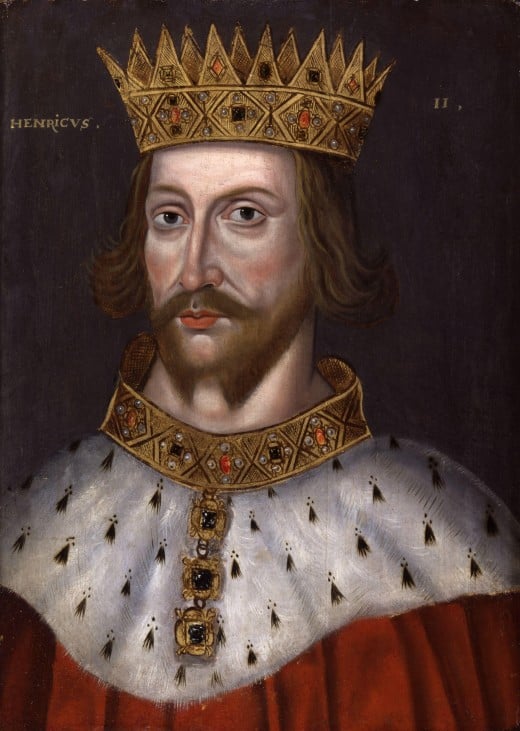
Henry II - first English King in Ireland
Henry II was the first English monach to set foot on Irish soil, and the first to claim lordship over the island. With his visit, the modern history of British-Irish relations began.
In 1167 an Irish king called Dermot McMurrough who had been pushed out of his lands fled to wales where he enlisted the help of a local Norman Lord to help him regain the kingdom of Leinster. The price which the earl Richard de Clare (known as Strongbow) charged was to inherit the kingdom on Dermot's death - this happened sooner than expected in 1171. Suddenly Henry II was interested in Ireland. One of his most powerful lords, and one of the least trusted, had now established himself as king in a neighbouring island.
Late in 1171 Henry arrived in Ireland with a considerable show of strength. Many of the native kings in Ireland, as well as Strongbow, came to Henry to offer their submission as vassals - on the understanding that he would allow them to continue in possession of their lands. Henry took the title 'Lord of Ireland' for himself and accepted as vassals both Irish and Norman landowners.He spent Christmas in Dublin and left in 1172, leaving Strongbow in charge of Leinster, but with the strategically important locations of Wexford, Limerick, Cork and Wicklow Castle in royal hands.
Yet the meeting was not a happy one. Not even the Romans had extended their empire to Ireland, and Henry II was the first non-Irish person to make a claim to rule the island. The Normans looked down on the native Irish, their historians wrote of the strange Irishmen with their long hair and beards (the Normans favoured short hair and shaving), their guttural language and weird cultural practices. When more Norman lords came to Ireland looking for land, Henry indulged them at the expense of his Irish vassals - he did not see his Irish subjects as equal citizens. Thus a sour note entered British-Irish relations which affected history between the two islands for centuries to come.
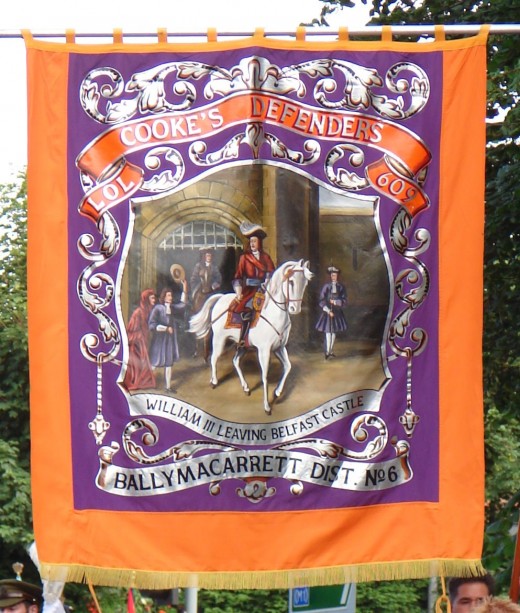
1690: English War on Irish soil
1690 is still rcommemorated in Northern Ireland as a turning point in Irish history. But really the battles of that year were an English war fought on Irish soil. Two claimants to the English throne faced each other in a series of battles - the most famous being the battle of the Boyne and the most decisive being the Battle of Aughrim later in the year. The Protestant King William of Orange was victorious and became unchallenged King of England. The ousted King James II was Catholic and so carried the hopes of the Catholic population of Ireland that he would restore them to a more favourable position. They never got to find out if he would have kept his word.
King William's decision to meet James in Ireland, before he had chance to build up an army there, proved to be the right one in his bid for the throne. But the battles fought in that year changed Irish history - the majority-Catholic population was henceforth ruled by a priviledged Protestant minority. Again the stage was set for things to come.
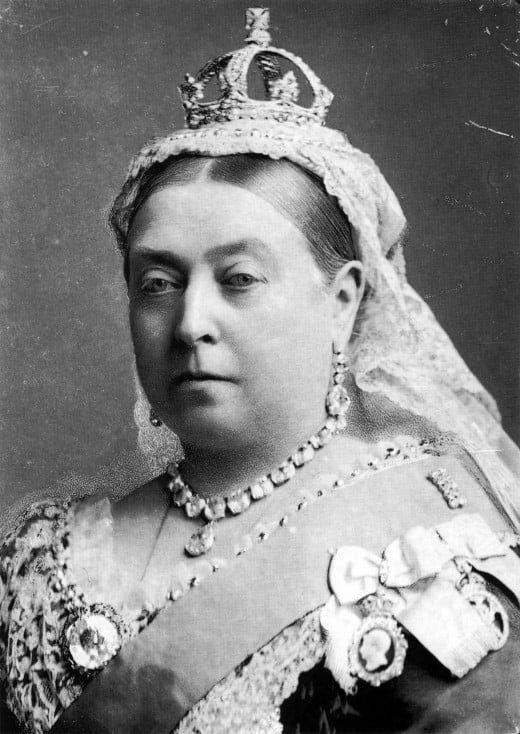
Victoria, the Famine Queen
During the reign of Queen Victoria, the British Empire grew to cover one quarter of the world - but there was trouble closer to home. Irish Nationalism (the desire for Irish independence) was a growing force and Queen Victoria believed that a royal visit might help promote greater loyalty in Ireland towards the monarchy.
Victoria's first visit to Ireland in 1849 was a public relations success, but it had no lasting impact or effect on the growth of Irish nationalism. The planners of the trip tried to protect her from seeing the worst effects of the famine which was raging at the time, but she wrote to King Leopold of Belgium of the poverty she had seen. Queen Victoria donated £2000 to help victims of the famine in Ireland, making her the biggest individual donor.
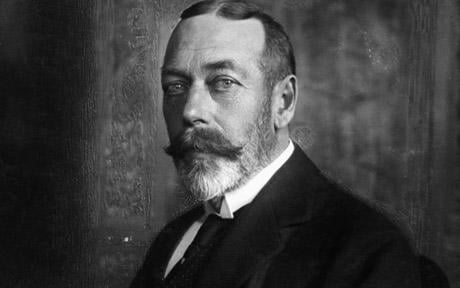
George V 1911 - last loyalty
The fact that the Irish emphatically rejected British Rule from 1916 on, culminating in the formation of the Irish Free State in 1922, makes it all the more surprising that as late as 1912 many Irish were committed royalists. When George VI visited Dublin in 1912, crowds lined the streets to cheer and greet him.
Many hopes rested on his shoulders. Many of Dublin's inhabitants lived in desperately poor conditions - in over-crowded tenaments where tuberculosis was rife and claimed many lives. This was a lower standard of living than most English cities provided. In Dublin, the King's loyal subjects believed that once he saw the conditions they lived in, immediate improvements would result. This didn't happen - and the disappointed expectations of Dubliners perhaps contributed to the later movement for Irish independence.
By 1911 there was an escaltating rift between Irish Nationalists who wanted a 'home-rule' parliament in Dublin and Irish Unionists who wanted Ireland to continue to be ruled directly from Westminster. Both groups were talking in increasingly threatening terms, and Ireland looked to be moving towards a Civil War. At the time, George was seen as having solved the 'home-rule' crisis. Unfortunately later events showed that he had not - the War of Independence broke out in 1919 and Ireland was partitioned into Northern Ireland and the Irish Free State in 1921 (it became known as the Irish Republic in 1949, cutting all ties with the British crown).
While Northern Ireland remained in the United Kingdom and has received many visits from British royals over the years, for a long time the relationship between the Irish Republic and the UK has been frosty. Trade wars and disagreements over the position of Northern Ireland contributed to this. Somewhat ironically, the need to resolve the violence in Northern Ireland has led to much greater co-operation between the Irish and British governments and the two heads of state - President Mary McAleese and Queen Elizabeth II are known to have formed something of a personal friendship during President McAleese's visits to Britain.
Places Elizabeth II visited in Ireland
- Croke Park
- Garden of Remembrance (comemorates those who died fighting for Irish independence)
- National War Memorial (commemorates Irish who died fighting for Britain in WWI)
- Trinity College
- Guinness storehouse
- Irish national stud, Kildare
- Cashel, Co.Tipperary
- Cork
Story of an Irish Queen's visit to England
Click on the link to read my article on the remarkable meeting of Elizabeth I and Grace O'Malley the pirate queen of Ireland.
Elizabeth II 2011 visit - an historic milestone
Elizabeth II came to the Republic of Ireland 100 years after her grandfather. The visit was full of historical significance - and marked a milestone in British-Irish relations. In the 100 years since George V came to Dublin Ireland has seen a war for independence from Britain, followed by the partition of the island into Northern Ireland (still in UK) and the Irish Free State which became the Republic of Ireland in 1949.
The growth of an Irish nationalism which was firmly anti-British has meant that no British monarch has been invited to visit Ireland until now. For many years there was bitterness in Ireland towards the English crown, as Irish republicanism portrayed the British monarchy as the source of many of Ireland's historic problems.
There are still people living in Ireland today who will have taken offense at the Queen's visit, but most Irish people have moved on. The Queen's visit shows the Republic of Ireland is confident enough in its own identity to receive her visit on equal terms. The Queen is also reaching out to Irish nationalist sentiment - not only is she visiting sites which commemorate Irish contributions to the British army, but also the Garden of Remembrance which commemorates Irish Nationalists who died fighting for Irish independence from the British crown. Most controversial will be her visit to Croke Park - the home of Gaelic sports where British soldiers opened fire on the crowd in 1920 killing 14 civilians.
The British ambassador to Dublin, Julian King, said the invitation symbolised how far the relationship between the two neighbouring countries had come."Our common bonds enable the UK and Ireland to work together as a strong, modern, forward-looking partnership focused on issues that matter to the British and Irish people, such as growth and jobs."
But Gerry Adams said: "As Republicans, Sinn Fein is very aware of the symbolism of a state visit by Queen Elizabeth of England and of the offence it will cause to many Irish citizens.
Despite the fact that most Irish people either welcome the visit, or simply don't care, a very small minority are violently opposed to British involvement in Ireland and they could pose a significant security risk. In March 2011 the 'Real IRA' killed a police officer in Northern Ireland. There will be a huge security operation needed to ensure the Queen's safety during the trip.
For more on the security nightmare you can check out this entry in The Guardian's blog: http://www.guardian.co.uk/politics/2011/apr/11/queens-visit-ireland-security-nightmare
Related articles on Irish Identity and History
Click on a title to read more on the identity and history of the Irish....
- Blood of the Irish: exploring where the ancestors of the Irish came from, and how closely related Irish and British are in their DNA.
- Symbols in Northern Ireland: insight into how symbols are used and perceived in the part of Ireland which has known most conflict in recent years.
- Irish poets and the conflict in Ireland: how the poets of Ireland have portrayed conflict on the island over the centuries, including the 1916 rising and Northern Ireland's Troubles.
Irish Republican Opposition to the Queen's visit
There is a small minority of people in Ireland who are fiercely, and even violently opposed to the Queen visiting the Republic of Ireland. Irish Republicans as a whole believe the island of Ireland should be completely free from British political control and should not be part of the British royal dominions (the six counties of Northern Ireland continue to be part of the United Kingdom on a par with Scotland and Wales).
Irish Republicans are opposed to the Queen visiting the Republic of Ireland because they perceive the British monarchy as their traditional enemy, particularly in the monarch's role as head of the British Armed forces. In times gone past, the British army has killed both paramilitaries and civilians in Ireland in an attempt to oppose the Irish fight for independence. Although in the south of Ireland those events happened nearly 100 years ago, in Northern Ireland memories are more recent and more raw - innocent civilians were shot dead on the streets by British solidiers in the 1970s, and the communities where these events happened have not forgotten it.
Irish Republicanism tends to draw most of its support from Catholics in Northern Ireland - not least because they continue under British political rule and have not always felt fairly treated within Northern Ireland.Most Irish Republicans have renounced the use of violence as a means to pursue their political goals. And while they may peacefully protest against the Queen's visit, they have no intention of harming her.
However, there are a small group known as 'Dissident Republicans' who refuse to accept the peace agreement in Northern Ireland and who continue to kill people they have classified as enemies to their cause. They have openly threatened the Queen, describing her visit as an insult. These paramilitaries have shown recently that they have the ability to kill and to cause chaos with bomb-alerts. It is because of Dissident Republicans that the Queen's visit to Ireland will be frought with security risk, and will require a major security operation by the Irish police to keep her safe.
